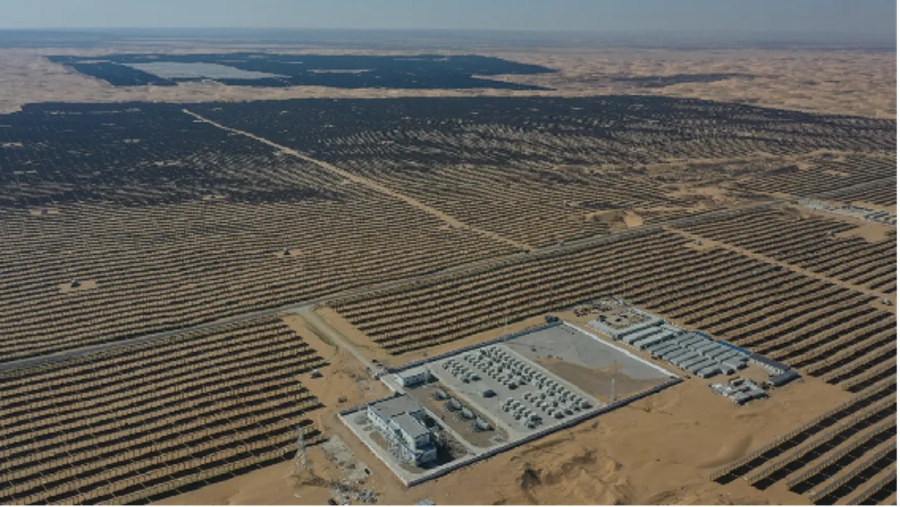esVolta secures financing for 980 MWh Texas standalone battery storage portfolio

In the latest funding announcement for Texas battery energy storage, US developer and asset manager esVolta said it had obtained $258 million senior credit facilities for a 980 MWh portfolio of standalone battery storage projects with Tokyo-headquartered Mitsubishi UFJ Financial Group, Inc. (MUFG) Bank as the lead arranger.
The credit facilities consist of construction plus tax equity bridge financing, letters of credit, and a long-term loan to finance three of esVolta’s energy storage projects currently under construction in Texas including Anole, Desert Willow and Burksol. These projects represent the lion’s share of esVolta’s portfolio of operational plus in-construction projects, which totals around 1.5 GWh of storage capacity.
Each of the projects is designed to provide fast-responding energy and ancillary services into the ERCOT market, helping to reduce congestion and strengthen the regional electric grid, esVolta said.
For MUFG, arranging finance for battery energy storage projects has been one of its frequent recent activities. The Japanese bank backed in April Eku Energy’s first project in Japan, and only a month ago it helped Recurrent Energy secure $513 million in financing for Arizona’s largest standalone battery storage project.
“MUFG recognizes the reliability benefits of grid-scale energy storage, and we are dedicated to providing innovative and efficient financing solutions to support leading sponsors like esVolta in this fast-growing clean energy sector,” Alberto Mihelcic Bazzana, MUFG director, said on Tuesday.
For the Texas market, this yet another big financing deal. Only a couple of weeks ago, Intersect Power announced $837 million in financing commitments for three standalone battery projects in Texas, totaling nearly 1 GWh of energy storage capacity.
Earlier this year, Apex Clean Energy completed a $150 million financing for two ERCOT battery storage projects with a cumulative capacity of 200 MW/400 MW. Last year, Plus Power closed a massive financing deal to the tune of $1.8 billion for 1.04 GW / 2.76 GWh in projects, including three standalone storage projects on the ERCOT grid with a cumulative output of 700 MW.
The perks of standalone
The ERCOT grid has been a particularly fertile ground for standalone battery energy storage systems as they continue to earn significantly more than systems collocated with renewable energy plants.
According to the data from market analytics platform Modo Energy, in the first four months of 2024, standalone grid-scale batteries in ERCOT earned on average an annualized $65,000/MW, whereas batteries co-located with wind or solar sites earned 52% less during the same period – an average of $32,000/MW/year.
Nonetheless, the number of collocated battery storage projects in the development pipline is significant, given a combination of rising solar curtailement rates – a result from operating solar in ERCOT growing from 2.7 GW to 12 GW in the 2019-2022 period, and increasing load in Texas, with annual demand rising 14% from 2021 to 2023.
Consequently, in May 2023, the pipeline of battery storage projects in ERCOT comprised 13 GW of standalone capacity and 16.2 GW of colocated storage systems, of which 97% are to be paired with a solar projects, show the data of S&P Global.
Overall, Texas is expected to emerge as the leading US state in terms fo battery storage deployment already this year.
According to the US Energy Information Administration (EIA), in 2024, the US developers are expected to add 14.3 GW of battery storage to the existing 15.5 GW fleet, up from 6.4 GW of new battery storage capacity added in 2023. Texas, with an expected 6.4 GW, and California, with an expected 5.2 GW, will account for 82% of the new U.S. battery storage capacity this year.












